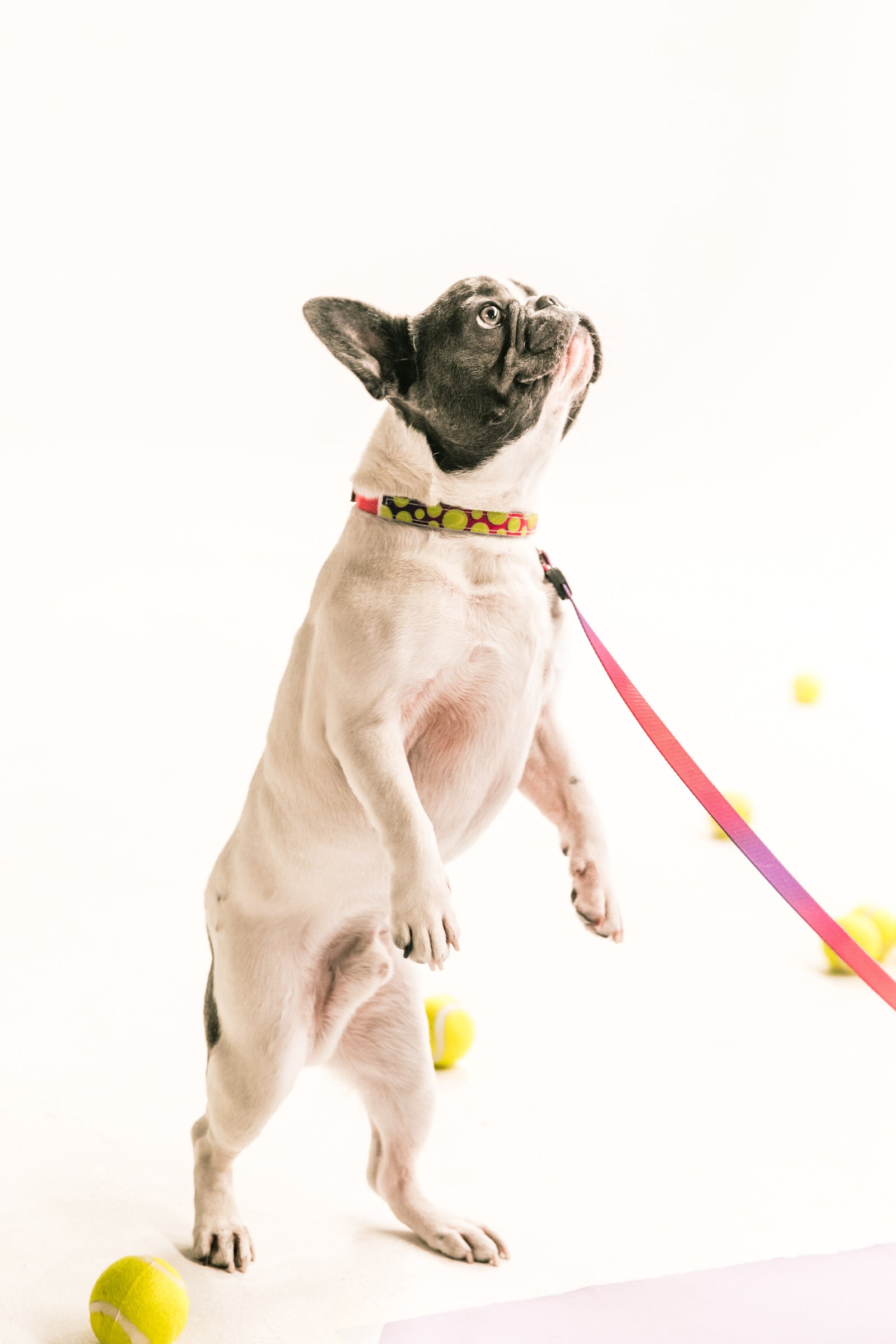The patella in dogs and cats is similar to the "knee-cap" in humans. It is found on the hind leg in the joint called the stifle. Normally the patella is held in place by the patellar ligament in a groove between two ridges on the lower end of the femur. A patellar luxation (displacement) occurs when the patella moves to one side or the other out of the trough between the ridges.
Patellar luxation to the inside of the leg (medial) is a common problem in many small breeds including Maltese, Yorkies, Pugs, Boston Terriers, Cavalier King Charles Spaniels, English Toy Spaniels, Papillons, Jack Russell Terriers, Chihuahuas, Poodles, and Bichons. Large breeds that generally suffer from luxation to the outside of the leg (lateral) include Great Pyrenees, Labradors, Newfoundlands, Great Danes, and Golden Retrievers.
Symptoms of the disease include limping, holding up one hind leg, bowed hind legs, inability to climb stairs, running on three legs or skipping with one hind leg, or sitting with the knee abnormally turned out. Chronic dislocation may result in erosion of cartilage, severely bowed hind legs, and osteoarthritis.
Severity of disease is graded on a scale of 1 to 4:
Grade 1 - the patella stays in place most of the time, but can easily be displaced on full extension of the hind leg
Grade 2 - the patella frequently lies outside the trough in the femur, but the dog is generally weight-bearing on that limb most of the time.
Grade 3 - the patella is permanently luxated and there are changes in the tibial bone as well.
Grade 4 - the patella is permanently luxated; there are changes in the formation of the tibia and femur to the point the leg is carried and cannot be extended into a straight position.
Generally dogs with grade 3 or 4 luxation and large breed dogs will have the best outcome with surgical repair. Small breeds with grade 1 or 2 may do well with medical management.
Physical therapy using cavalettis, treadmills, and weights, along with acupuncture, can be very helpful for these dogs. Herbal and nutritional therapy can make big differences as well. Joints should be protected with natural sources of glucosamine, chondroitin, and hyaluronic acid. Bone broth will support bone and cartilage health. Antioxidants may be beneficial. Omega 3 fish oils support a healthy inflammatory response and joint health. Lauric acid, an ingredient in high-quality coconut oil acts as a natural anti-inflammatory agent. Dogs with this condition should be kept lean. Obesity will place more stress on the joints.
Acupuncture and cold laser therapy have been very beneficial for many of my patients. Weight management is extremely important.
Check out Dr. Judy's Joint Health Collection
Photo by Scott Walsh on Unsplash
Disclaimer: This content is for informational purposes only and is not meant to diagnose, treat, or replace consulting a primary veterinarian for individualized care.

